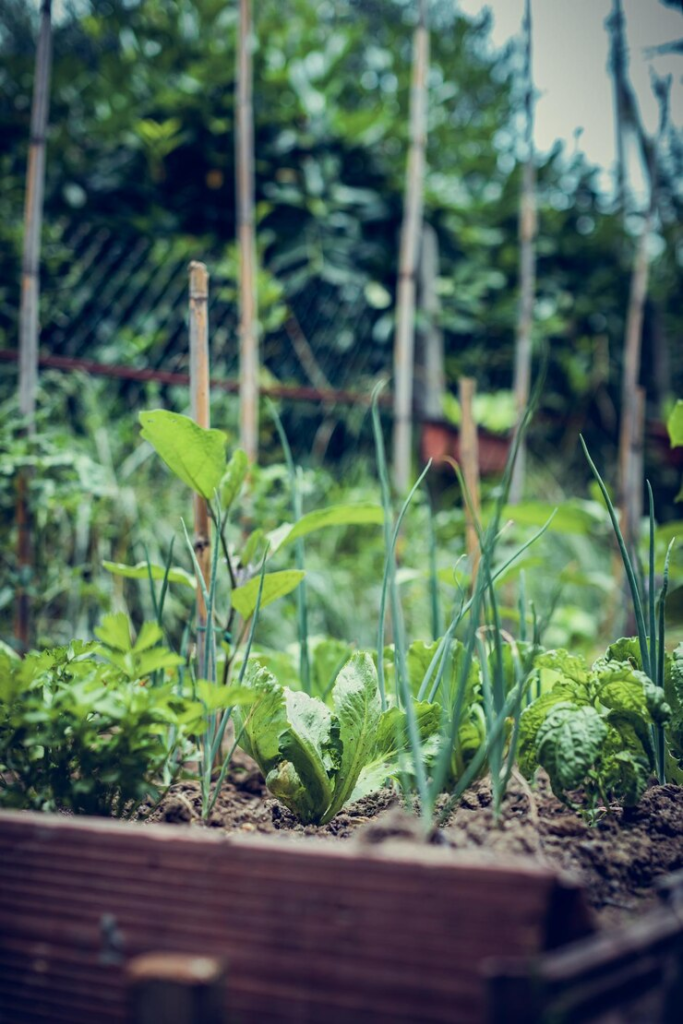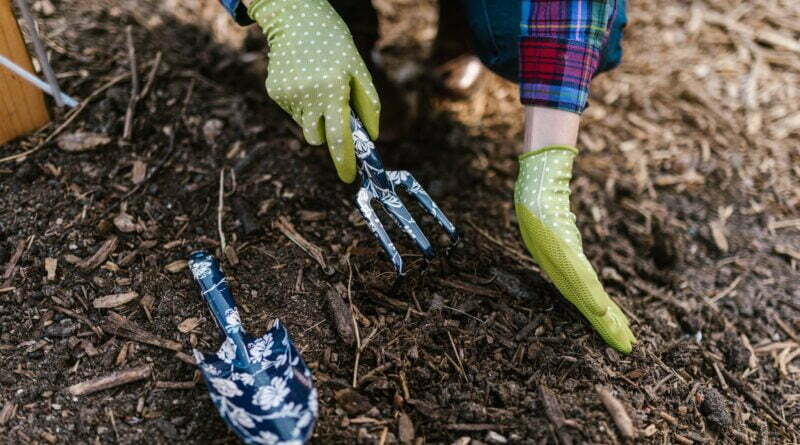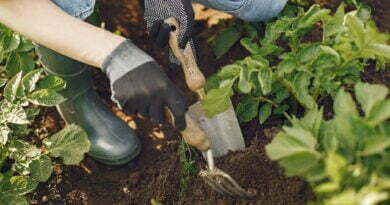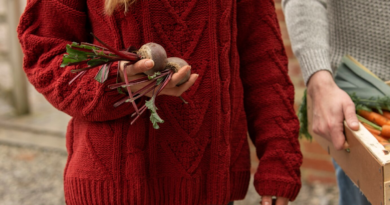Grow Your Own Produce and Save Money: How Much Does an Allotment Cost
The cost of an allotment can vary widely depending on various factors such as the location and size of the plot, as well as the amenities and services provided. Understanding these costs is crucial for prospective allotment holders to plan and budget effectively. Here is a detailed breakdown of the typical expenses associated with owning an allotment, along with specific examples from different locations.
1. Rent
Most allotments are rented from the local council or other landowners. The cost of rent is influenced by the area and the size of the plot. You can expect to pay between £20 and £200 per year for a standard-sized plot.
- London: Rent for an allotment ranges from £40 to £200 per year, reflecting the high demand and limited space in the capital.
- Edinburgh: The cost is around £100 per year, providing a mid-range example for urban areas in the UK.
- Rural Areas: In less populated areas, rent can be as low as £20 per year, making it more affordable for those outside major cities.
In addition to the basic rent, some councils may charge additional fees for specific services, such as waste removal or maintenance of common areas. It’s important to inquire about any extra charges when you first apply for an allotment.

2. Water
Allotments require a steady supply of water for irrigation. Some allotments have an on-site water source, while others may require you to bring in water from elsewhere. If you need to pay for water, costs can vary depending on the location and usage.
- Average Cost: £1 per cubic meter of water.
- Bristol: The cost of water for an allotment is £15 per year.
- Sheffield: The annual water cost can be £30, reflecting higher usage or different pricing structures.
For allotments without an on-site water supply, you might need to invest in water storage solutions like rain barrels or water butts, which can help reduce ongoing water costs. Collecting rainwater is an eco-friendly and cost-effective way to ensure your plants stay hydrated without significantly impacting your budget.
3. Tools and Equipment
Maintaining an allotment necessitates a variety of tools and equipment. The initial investment in these tools can vary based on quality and brand.
- Basic Set: A basic set of tools including a spade, fork, rake, hoe, and wheelbarrow can cost between £50 and £150.
- Specific Examples:
- A spade can cost between £20 and £50.
- A good quality wheelbarrow ranges from £60 to £100.
- A spade can cost between £20 and £50.
Other useful tools include hand trowels, pruners, and watering cans. While you can start with a basic set, over time you might want to add more specialized tools to your collection to make gardening tasks easier and more efficient.

4. Soil Amendments and Fertilisers
To ensure healthy plant growth, you may need to add soil amendments and fertilisers. The cost of these materials depends on the type and quantity required.
- Average Cost: Between £10 and £50 per year.
- Examples:
- A bag of compost costs £6.
- A bag of organic fertiliser is £15.
- A bag of compost costs £6.
Soil amendments like compost, manure, and peat moss help improve soil structure and fertility. Fertilisers provide essential nutrients that plants need to grow. Depending on your soil’s condition and the types of plants you are growing, you may need to invest in different types of amendments and fertilisers throughout the year.
5. Seeds and Plants
Purchasing seeds or plants is essential for growing your crops. Costs can vary depending on the type and quantity of plants.
- Average Cost: Between £20 and £50 per year.
- Examples:
- A packet of tomato seeds costs between £1 and £3.
- A tray of vegetable seedlings can range from £5 to £10.
- A packet of tomato seeds costs between £1 and £3.
For those looking to save money, consider starting plants from seeds rather than buying seedlings. While it takes a bit more time and effort, starting from seeds is usually much cheaper and allows you to grow a wider variety of plants.

6. Additional Costs
There are other miscellaneous costs to consider, which can add up depending on your specific needs and preferences.
- Pest Control: Natural or chemical pest control solutions can vary in cost.
- Fencing and Security: To protect your plot, you might need to invest in fencing or other security measures.
- Shed or Greenhouse: Optional but beneficial, these structures can range from a few hundred to a few thousand pounds depending on size and quality.
Other potential costs include paths, raised beds, and netting to protect crops from birds and other pests. These additions can enhance the functionality and productivity of your allotment but also increase the overall cost.
Total Estimated Costs
The total cost of maintaining an allotment can range from £100 to £300 per year, depending on the size of the plot and the level of investment you make in tools, water, and other necessities. While there are some upfront costs involved in setting up an allotment, the rewards of home-grown produce and a connection to nature can be priceless.
Benefits Beyond Cost
In addition to the financial savings, allotments offer a range of other benefits:
- Health and Well-being: Allotment gardening provides fresh air, exercise, and a connection to nature, which can improve mental and physical health.
- Community Engagement: It offers a chance to meet new people, fostering a sense of community.
- Skill Development: Gardening is a great way to learn new skills and experiment with growing different types of fruits, vegetables, and herbs.
- Sustainability: Growing your own food reduces reliance on commercial agriculture and contributes to a more sustainable lifestyle.
Health and Well-being
Gardening is known to reduce stress and improve mental health. The physical activity involved in tending to an allotment can also improve cardiovascular health, flexibility, and strength. Spending time outdoors and engaging with nature has numerous mental health benefits, including reduced symptoms of depression and anxiety.
Community Engagement
Allotments are often part of a community, providing opportunities to meet like-minded individuals and participate in communal activities. Many allotment sites host events, workshops, and social gatherings, fostering a sense of camaraderie and shared purpose among allotment holders.

Skill Development
Working on an allotment allows you to develop a range of skills, from basic gardening techniques to more advanced horticultural knowledge. It also provides an opportunity to experiment with different growing methods, plant varieties, and gardening tools, helping you become a more proficient and confident gardener.
Sustainability
By growing your own produce, you reduce your reliance on commercially grown fruits and vegetables, which often require significant resources to produce and transport. Allotment gardening promotes sustainable practices such as composting, water conservation, and organic growing methods, contributing to a healthier environment.
Getting Started
If you’re interested in getting an allotment in the UK, it’s important to do your research and be prepared for the commitment involved. Here are some tips to help you get started:
- Research Local Options: Check with your local council or community groups to find available allotments.
- Understand the Commitment: Allotment gardening requires time, effort, and dedication, but the rewards are well worth it.
- Plan and Prepare: Develop a plan for your plot, including what you want to grow and how you will maintain it.
When researching, visit different allotment sites to see what facilities and services are available. Some sites may have waiting lists, so it’s good to apply early and be patient. When you get your plot, start by clearing any weeds and preparing the soil. Planning your layout and planting schedule will help you make the most of your space and resources.

Getting an allotment can be an affordable and rewarding way to grow your own produce and get involved in your local community. The cost of an allotment plot can vary depending on a range of factors, but it’s typically much less than buying the same amount of produce from a supermarket. With proper planning and a bit of effort, you can enjoy the many benefits of allotment gardening, from fresh vegetables to a sense of community and personal satisfaction. So why not give it a try? With a little bit of planning and preparation, you could be enjoying your own homegrown produce in no time.
By taking the time to understand and budget for the costs associated with an allotment, you can embark on a fulfilling journey of growing your own food and connecting with nature. The initial investment and ongoing expenses are outweighed by the numerous benefits, making allotment gardening a worthwhile pursuit for anyone looking to lead a healthier, more sustainable lifestyle.




